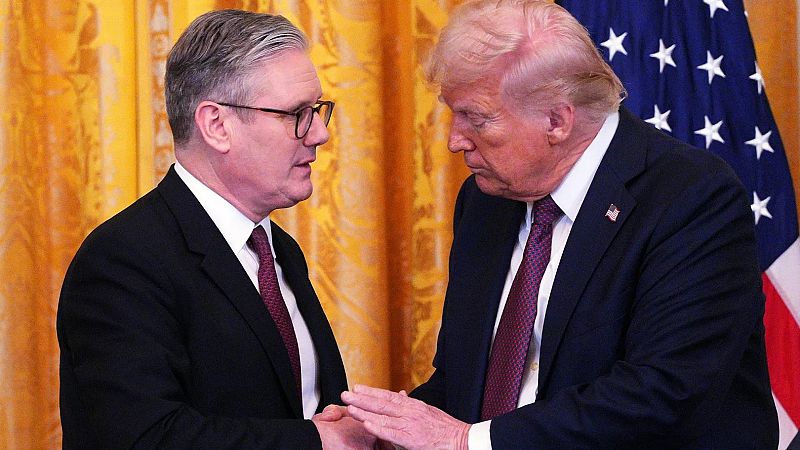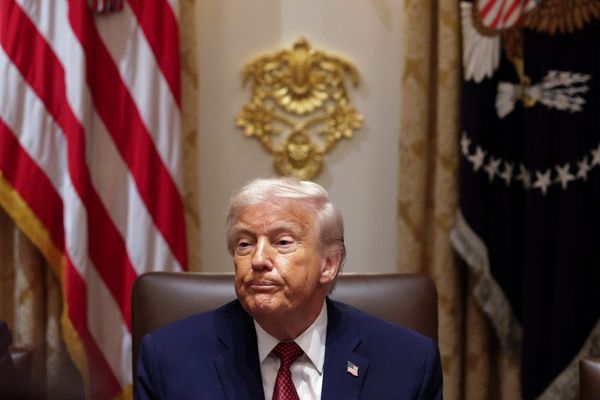
Although the deal concluded by the EU with the US setting a 15% tariff for EU goods seems less favourable than the UK’s 10% blanket tariff rate, European Commission officials contend that their agreement was better on balance.
“15% is the best available treatment,” a senior EU official said this week, referring to the rate at which the EU has accepted its goods will be tariffed by the US.
“If you specifically want to compare it to the UK, the first point to take note of is that the UK 10% tariff is not an all-inclusive rate,” the official added.
European Commission President Ursula von der Leyen and US President Donald Trump reached a political agreement on 27 July in Scotland to end the trade strife waging since mid-March. The deal sets US tariffs at 15% on all EU imports and entered into force on 7 August, while negotiations continue on exemptions and a range of other issues.
For its part, the UK concluded an agreement with the US on 8 May, called the US-UK Economic Prosperity Deal (EPD), which sets a 10% tariff rate on imports of UK goods to the US.
All-inclusive rate
However, according to the EU official, the 10% tariff rate within the US-UK deal did not incorporate existing US import tariffs applied to the UK, the so-called Most Favoured Nation (MFN) rates, that the US applied to foreign counties’ imports before its new tariff policy.
“Unlike other US trade partners, this [EU] 15% tariff rate includes existing Most Favoured Nation (MFN) rates, meaning no stacking above the 15% ceiling,” Commission spokesperson Olof Gill has said of the EU-US deal.
If the 4.8% average US tariffs applied until then to EU imports is deducted from the current 15%, the effective tariff applied to the EU comes closer to the UK’s 10%.
The same senior EU official took the specific example of cheese, “an important product for the EU, but also a very important product, for the UK.” In the EU it will face a 15% tariff, while in the UK it will be 10% plus the 14.9% tariff which applies to that product under the existing terms, which means 24.9 %.
“Of course and in all transparency some products may have a slightly better treatment for UK exporters,” the official admitted, “but there are many products that will be in a better position in the overall situation.”
If the deal of 27 July is respected by the US, the EU’s 15% tariff should apply to all goods, including semiconductors, pharma and cars, Gill said on Thursday. “That is not something that the UK, at least not in writing, has obtained today,” the EU official added.
Sensitive agriculture products
On cars, the UK deal establishes that UK exports to the US will face 10% tariff only to a quota of 100,000 cars a year, above that quota the US will start applying 25% tariffs.
The Commission on its side said it has secured a 15% rate on cars too, subject to no quota, meaning that an unlimited number can be imported at that rate. However, as of today, the US has yet to keep its word, however, and EU cars are still subject to a 25% tariff.
The Commission also prides itself on not having made the commitments the British did in sensitive agricultural sectors such as beef and ethanol.
On beef, the UK deal creates a preferential duty-free quota for US beef of 13,000 tonnes per year and removes the existing 20% UK tariff. On ethanol, the UK commits to preferential duty-free quota for US ethanol of 1.4 billion litres per year.
For the EU, making concessions on such sensitive products is out of the question.
“The European union will not make commitments in sensitive sectors. So for example, ethanol and beef,” the official said.







